Here’s the blunt truth: most people who die or get badly hurt from pheochromocytoma weren’t diagnosed in time. This tumor can flood your body with adrenaline-like hormones, spike your blood pressure, and trigger strokes or heart rhythm problems. Catch it early and you flip the script-safer surgery, fewer complications, and a real shot at cure.
TL;DR:
- Classic red flags are pounding headaches, sweating, and heart racing in sudden spells-especially with hard-to-control blood pressure or an adrenal mass found by accident.
- First-line tests are plasma free or 24-hour urinary fractionated metanephrines. Supine rest and medication review reduce false positives.
- Imaging (CT/MRI) comes after positive biochemistry. Functional scans and genetic testing guide treatment and follow-up.
- Early detection allows proper alpha-blockade, safer surgery, and cure rates above 90% in many cases.
- About one in three cases carry a germline mutation-family screening and lifelong follow-up matter.
Why early detection changes outcomes
Pheochromocytomas and their cousins, paragangliomas (together called PPGL), pump out catecholamines-think adrenaline and noradrenaline. That surge can slam your blood pressure to dangerous levels, stir serious arrhythmias, and put you at risk for stroke, heart attack, and aortic dissection. The scary part? The crisis can get triggered by everyday stuff: anesthesia, childbirth, intense exercise, or even certain meds.
Find it early and the curve bends in your favor. With proper alpha-blockade before surgery and the right surgical plan, perioperative deaths are rare, and most adrenal pheochromocytomas are cured with laparoscopic removal. Delay the diagnosis and the first presentation might be a hypertensive emergency in the ER or a near-miss in the OR. That’s a brutal way to learn about a tumor that’s often detectable months-or years-earlier.
Another reason timing matters: genetics. Around 30-40% of PPGLs trace back to germline variants (SDHB, SDHD, VHL, RET/MEN2, NF1, MAX, TMEM127, and others). Early detection can protect relatives, tailor imaging (some genotypes spread earlier), and tighten follow-up where risk runs high.
“We recommend measurement of plasma free or urinary fractionated metanephrines for initial biochemical testing in patients with suggestive symptoms, an adrenal incidentaloma, or hereditary risk.” - Endocrine Society Clinical Practice Guideline on Pheochromocytoma and Paraganglioma (2014; reaffirmed and widely cited in 2023)
Consider the everyday impact. People often get labeled with “panic attacks” or “resistant hypertension” for years. Proper testing can unmask the real cause, simplify their medication list, and prevent long-term damage to the heart and kidneys.
| Measure | What the data say | Why it matters |
|---|---|---|
| Incidence | ~0.6-0.8 per 100,000 per year | Rare, but missed cases carry high risk |
| Hereditary proportion | ~30-40% | Genetic testing often indicated for patients and at-risk family |
| Prevalence in adrenal incidentalomas | ~5% (varies by series) | Every adrenal mass needs biochemical screening |
| Plasma metanephrines sensitivity | ~97-99% | Best first test when done correctly (supine, rested) |
| Surgical cure (adrenal pheo) | >90% in experienced centers | Early diagnosis leads to safer surgery and better outcomes |
These numbers come from large cohort studies and consensus guidelines published by endocrine and surgical societies through 2023-2025. They’re not perfect, but the trend is consistent across regions: test early, plan well, do better.
The early signals: who to test and what to look for
Most people with PPGL don’t present with a tumor seen on a scan first-they present with symptoms. The classics still count:
- Spells of pounding headache, heavy sweating, and rapid heartbeat (minutes to hours)
- Blood pressure that’s hard to control, wildly variable, or spikes during pain, stress, or procedures
- New or worsening diabetes, paleness during attacks, tremor, anxiety that feels “physical” more than situational
Big red flags to test now:
- Adrenal incidentaloma (any size) on CT or MRI-biochemical screening is standard
- Resistant or paroxysmal hypertension, especially in younger adults
- Family or personal history of MEN2, VHL, NF1, SDHx variants, or PPGL at any age
- Pregnancy with hypertensive crises or severe headaches/palpitations not explained by preeclampsia
- Children with spells, unexplained hypertension, or neck/abdominal masses
Simple heuristics that help in clinic:
- The 3-P rule: pressure peaks, palpitations, and pounding headache-think PPGL until proven otherwise.
- “Resistant HTN + spells” beats “anxiety” on your differential every time.
- Any adrenal mass? Screen first, biopsy never until PPGL is excluded.
Common look-alikes and pitfalls:
- Panic disorder: similar symptoms, but panic usually doesn’t push BP to crisis levels or raise metanephrines.
- Thyrotoxicosis, arrhythmias, hypoglycemia: check basics while you screen for PPGL.
- Obstructive sleep apnea: can elevate catecholamines; fix sleep before calling a borderline test “positive.”
Medications and foods that can skew testing:
- Tricyclics, SNRIs (e.g., venlafaxine), MAO inhibitors: may raise metanephrines
- Decongestants and stimulants (pseudoephedrine, amphetamines)
- Caffeine, nicotine, and heavy exercise right before the draw
- Bananas, chocolate, and vanilla can nudge urinary results if consumed in excess pre-test
Don’t stop meds without a plan-coordinate with the clinician ordering tests. Often you can still get a meaningful result with proper positioning and rest.
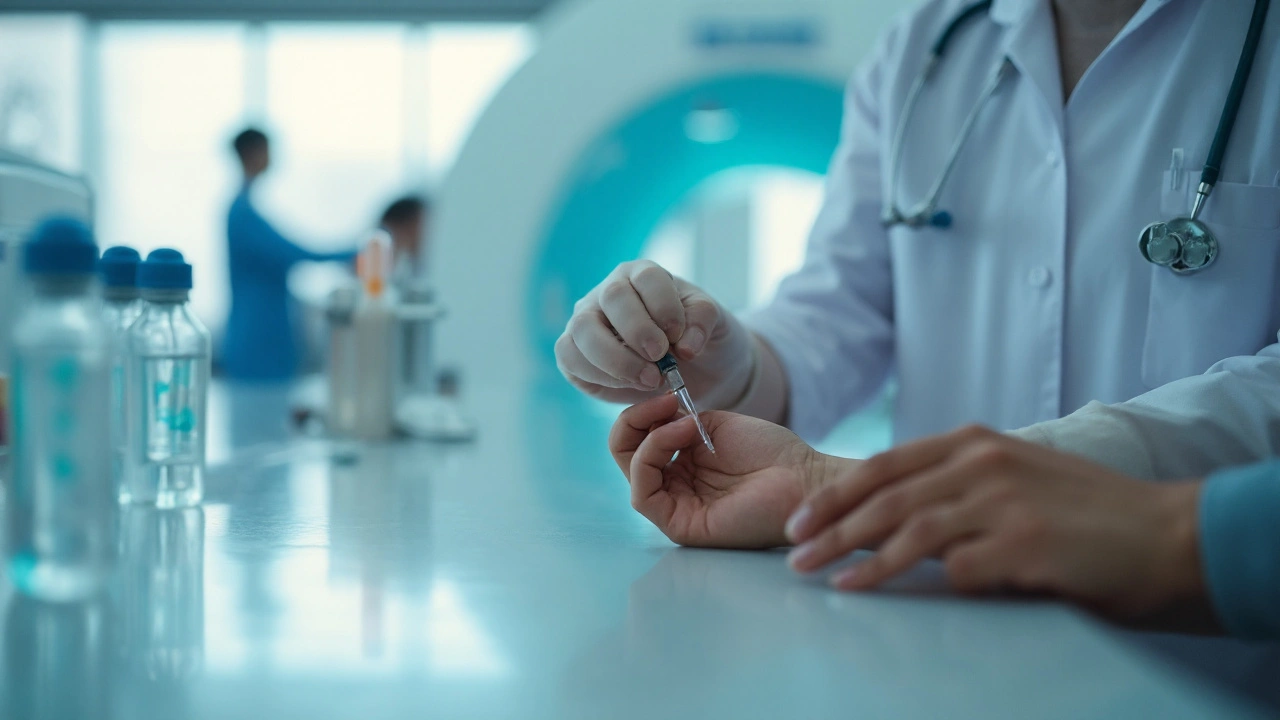
How to test and confirm: a simple, step-by-step pathway
When you suspect PPGL, go biochemical first. Imaging comes after you have biochemical evidence. Here’s a practical flow that matches 2023-2025 endocrine guidance.
-
Pick your first test: plasma free metanephrines (preferred for many) or 24-hour urinary fractionated metanephrines. Choose based on access and patient factors.
- Plasma free metanephrines-best sensitivity when drawn after 20-30 minutes of quiet supine rest in a calm room. Use age-adjusted upper limits if available.
- Urine fractionated metanephrines-good when blood draws are tricky or if you can’t guarantee proper supine rest. Ensure a complete 24-hour collection.
-
Control pre-analytic noise:
- Avoid caffeine, nicotine, and vigorous exercise on the day of the test.
- Review meds that can interfere. When safe, pause or switch under medical advice for 3-7 days.
- Check for OSA and acute illness-both can elevate results. If present, consider treating and repeating if values are borderline.
-
Interpret the numbers:
- >3× the upper limit of normal for metanephrines is highly suggestive of PPGL.
- 1-3× upper limit: repeat under ideal conditions, or use a confirmatory test such as the clonidine suppression test (mainly for elevated normetanephrine).
- Normal results with high suspicion: repeat, switch to the alternative matrix (plasma vs urine), and review pre-analytic factors.
-
Localize the tumor only after biochemical evidence:
- CT or MRI of the abdomen/pelvis for adrenal or extra-adrenal disease. MRI is great when radiation is a concern (pregnancy, younger patients).
- If extra-adrenal disease or metastasis is suspected, move to functional imaging: 123I-MIBG scintigraphy, 68Ga-DOTATATE PET/CT (excellent for many paragangliomas), or 18F-FDOPA PET/CT where available.
-
Offer germline genetic testing:
- Many centers now offer testing to all PPGL patients because it changes surveillance, imaging, and family screening.
- High-yield candidates: early age, extra-adrenal tumors, multifocal or bilateral disease, metastatic presentation, or positive family history.
When the numbers are confusing, timing is your friend. Repeat under better conditions rather than jumping straight to imaging with a borderline result. False positives are common; false reassurance is rare when testing is done right.
Practical read on imaging choices:
- Adrenal lesion on CT with biochemical proof: surgery planning is next after medical prep (see below).
- Extra-adrenal suspicion: MRI plus 68Ga-DOTATATE PET/CT improves detection.
- SDHB mutation or metastatic pattern: functional imaging early, not later.
From positive test to safe cure: management, checklists, and what-ifs
Management starts the moment biochemical testing is positive and imaging is underway. The goal is to make surgery safe and prevent crises in the meantime.
Preoperative medical prep (the nonnegotiables):
- Alpha-blockade first, usually for 7-14 days (doxazosin or phenoxybenzamine). Dose to symptom control and orthostatic tolerance.
- High-salt diet and liberal fluids unless contraindicated-expands blood volume to reduce post-op hypotension.
- Beta-blocker only after adequate alpha-blockade if tachycardia persists. Never start beta-blocker first-it can worsen hypertension by leaving alpha stimulation unopposed.
- Consider calcium-channel blockers when alpha is not tolerated or as add-on.
Surgery and outcomes:
- Laparoscopic adrenalectomy is standard for most benign adrenal tumors.
- Extra-adrenal or large tumors may need open approaches-case-by-case in high-volume centers.
- Intraoperative blood pressure swings are expected; experienced anesthesia teams make a big difference.
- With early detection and proper prep, perioperative mortality is very low, and many patients achieve biochemical cure.
After surgery: follow-up and relapse prevention
- Check metanephrines 2-6 weeks post-op to confirm biochemical cure.
- Long-term: at least annual metanephrines for 10 years; lifelong for high-risk genotypes (e.g., SDHB) or paragangliomas.
- Imaging if labs rise or symptoms return; some genotypes need periodic imaging even with normal labs.
When surgery isn’t an option or disease is metastatic:
- MIBG therapy, peptide receptor radionuclide therapy (e.g., 177Lu-DOTATATE), targeted agents (sunitinib and others), and tailored radiation/surgery for symptom control.
- Early referral to centers with PPGL expertise pays off, especially for SDHB-related or widespread disease.
High-stakes scenarios and how early detection helps:
- Pregnancy: suspect PPGL with severe headaches/palpitations and labile BP. Early diagnosis allows safe alpha-blockade, planned delivery, and staged surgery when appropriate.
- Pediatrics: lower threshold for genetics and MRI; extra-adrenal tumors are more common than in adults.
- Pre-op clearance for unrelated surgery: unexplained hypertensive spikes? Screen before anesthesia. It can avert a crisis on the table.
Quick checklists you can actually use:
Suspect it checklist (patients and clinicians)
- Sudden spells: headache, sweating, palpitations?
- BP swings or resistant hypertension?
- Adrenal mass on imaging?
- Family history of MEN2, VHL, NF1, or known SDHx variant?
- Pregnant with unexplained hypertensive crises?
Testing prep checklist
- Schedule morning draw with a quiet 20-30 minute supine rest.
- Avoid caffeine, nicotine, and hard exercise that morning.
- Review meds that might skew results; adjust safely as advised.
- If results are borderline, repeat under best conditions or add clonidine suppression (for elevated normetanephrine).
Pre-surgery checklist
- Alpha-blockade started and tolerated (no beta-blocker first).
- Hydration and salt loading unless contraindicated.
- Experienced endocrine surgery and anesthesia teams engaged.
- Plan for glucose swings post-op; monitor blood sugar.
Common mistakes to avoid:
- Ordering CT/MRI before biochemical proof-leads to incidental findings and confusion.
- Calling it panic disorder without checking metanephrines when the story fits PPGL.
- Starting a beta-blocker alone in suspected PPGL.
- Biopsying an adrenal mass before ruling out PPGL-this can be dangerous.
Mini-FAQ
- Can you have normal blood pressure and still have PPGL? Yes-some tumors cause intermittent surges, not constant hypertension.
- Does a normal catecholamine level rule it out? You need metanephrines (the metabolites). They’re more reliable than raw catecholamines.
- What if tests are normal but suspicion is sky-high? Repeat under strict conditions, try the alternate matrix, and consider clonidine suppression or specialty referral.
- Is malignancy defined by a pathology score? For PPGL, malignancy is defined by metastasis, not appearance under the microscope.
- Should every patient get genetic testing? Many centers say yes, or at least most. Discuss benefits, privacy, and insurance implications.
Next steps and troubleshooting by scenario
- If you’re a patient with spells and tough BP: ask your clinician for plasma free metanephrines with proper supine rest, or a 24-hour urine. Bring a list of meds and supplements.
- If you’re a primary care clinician: screen adrenal incidentalomas and resistant or paroxysmal hypertension. Don’t biopsy adrenal masses before labs.
- If you’re pregnant: coordinate with maternal-fetal medicine and endocrinology. MRI (no contrast) is preferred if imaging is needed.
- If you’re a first-degree relative of someone with PPGL: consider genetic counseling and targeted testing based on the proband’s result.
- If labs are borderline and the patient is on an SNRI: repeat after discussing a safe washout or switch; consider clonidine suppression.
One last thought: early detection isn’t just about avoiding tragedy. It’s about making care simpler-fewer meds, a clear plan, and less fear of the next attack. That’s a win you can feel daily.

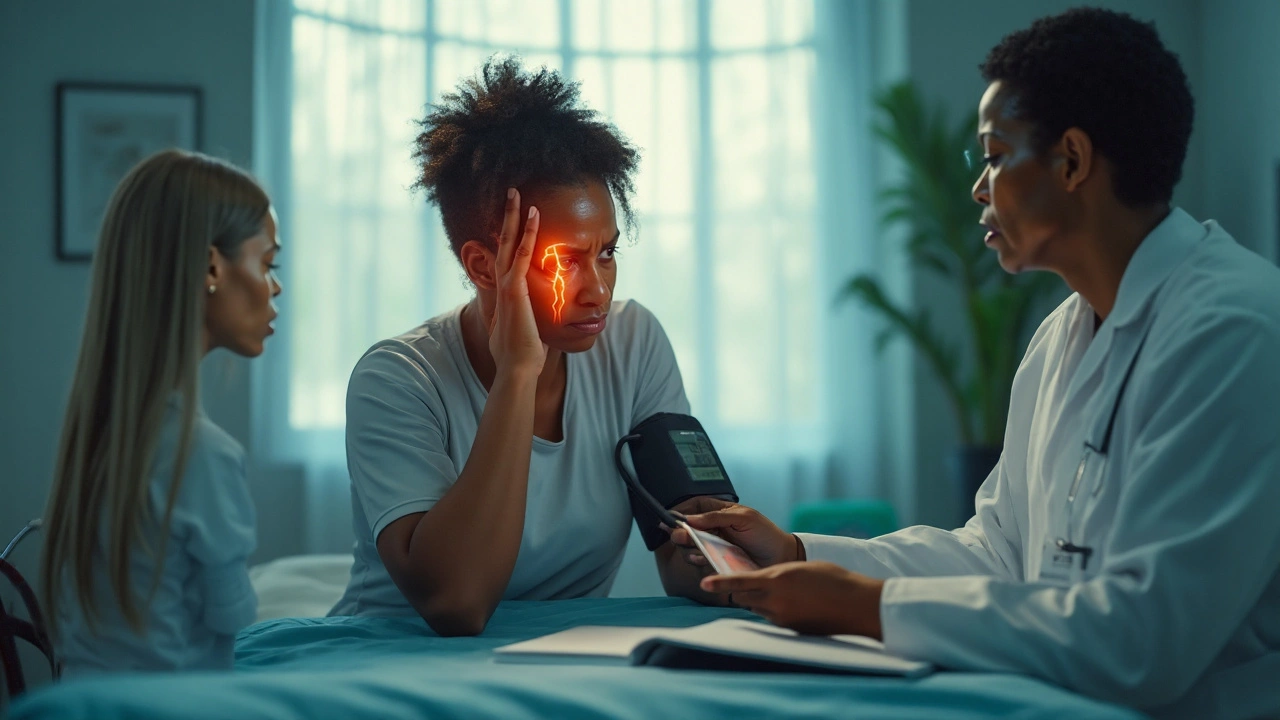

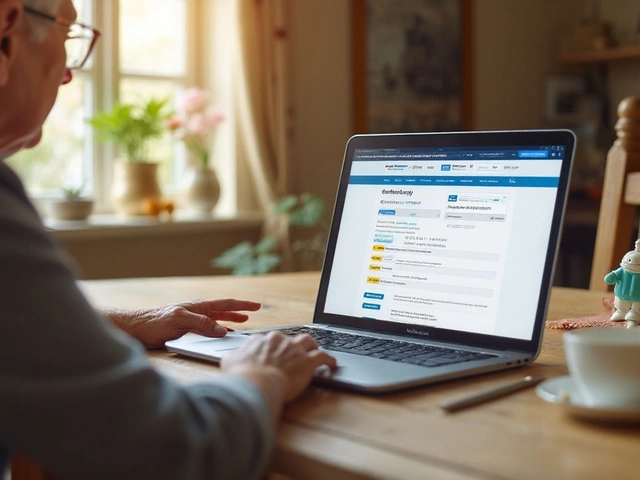
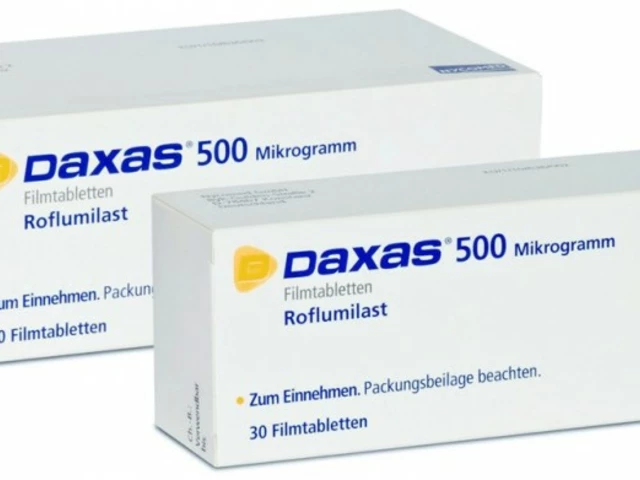
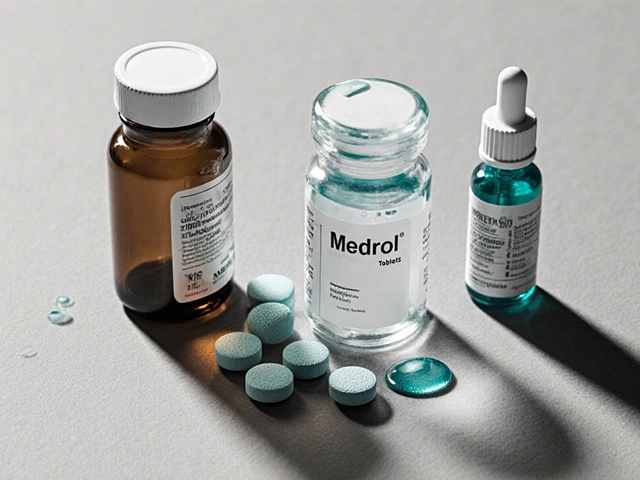

Prem Mukundan
August 31, 2025 AT 14:57